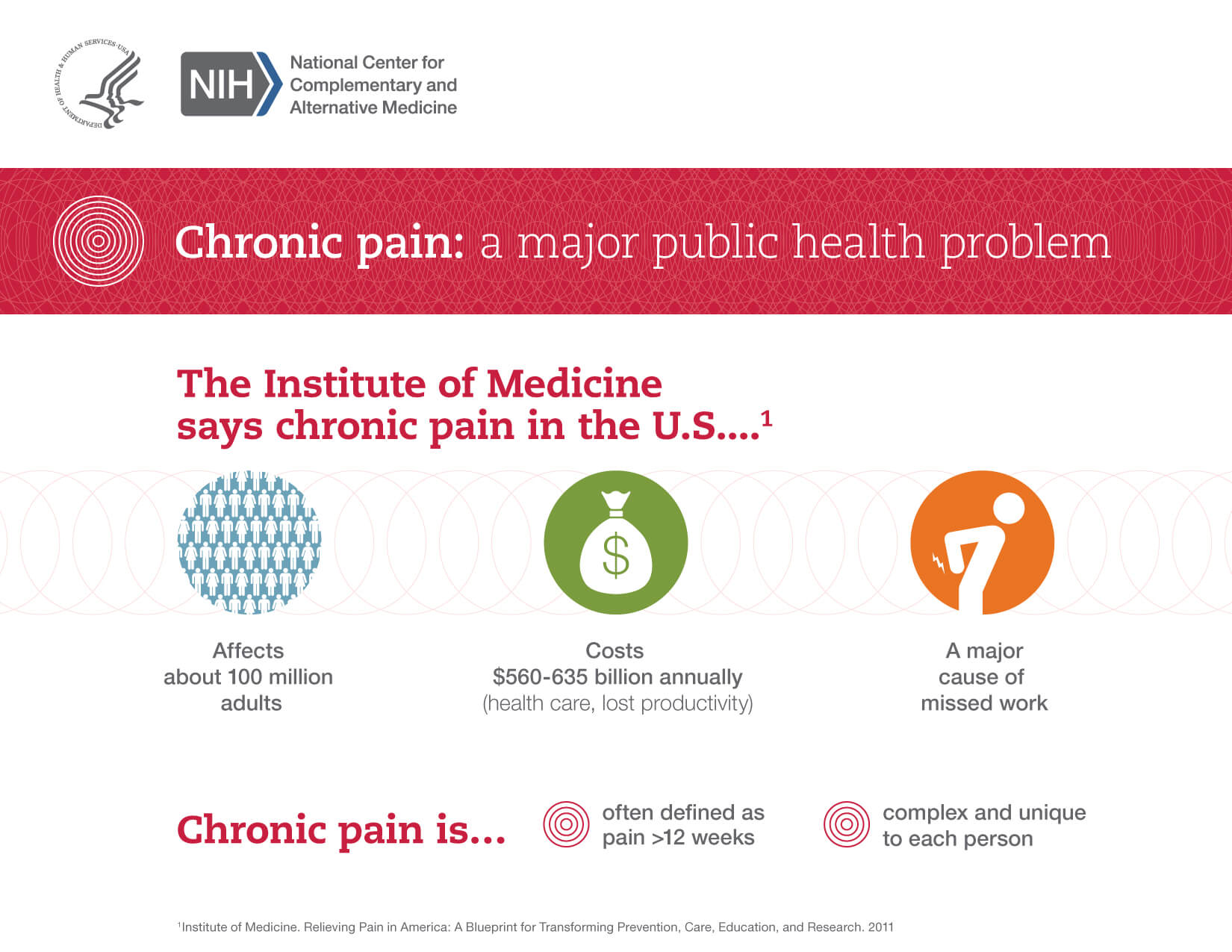In a word, it’s about expectations. Learning to understand what’s reasonable and not so much in an emergency room setting is important in helping patients to avoid disappointment.
Here are some tips to help your emergency room team help you.
If you don’t prepare for an emergency room visit, you’re the one who’s going to end up disappointed.
- You should be able to tell the staff the name of the condition from which you suffer.
- You should know the name and the contact information of your primary physician and any pain management specialist you see.
- You should know the names of your medications, including over the counter and herbal preparations.
- You should know any medical allergies you have. (A word about this. There is a difference between a medical allergy and an adverse reaction to a medication. Just because a medicine upsets you stomach or isn’t as effective as another doesn’t mean you’re allergic to it. It’s insulting to your physician to insist that you have an allergy when you don’t. You can assume that taking this posture starts the relationship off poorly because the physician will often know better and in many cases can check or test you for true allergies. It’s ok to be honest about your concerns, including medications that seem to work better than others. Your physicians will work with you and will do so more willingly when you are completely honest.)
At the ER
If you’re dealing with chronic pain, you’re going to end up in an emergency room at some point. The experience doesn’t have to be unpleasant. Emergency physicians are quite aware that pain is woefully under-treated and really do want to address it when it exists. That said, it’s important to be aware that physicians’ first charge is to “Do No Harm,” and if the situation is such that it could lead to inappropriate treatment, other and possible greater concerns than your immediate pain may take priority in the mind of the physician. It’s not that this applies to you, but this is what we have to protect against:
Here are other things to appreciate when you come to visit:
- Your presence doesn’t change the reality that life-threatening conditions may be present at the same time in the emergency room. Be patient. You’re not being ignored.
- Your physicians are going to treat your pain, but they’re even more interested in finding and treating any disease that exists. Be patient.
- Your physicians are going to attempt to coordinate your care with your primary physicians and/or your pain management physicians.
- You can’t just come to the emergency room and start demanding narcotics, even if it’s what is eventually going to happen. I shouldn’t have to explain that.
- You can’t come to the emergency room and claim medical allergies to every medication except for a specific pain cocktail. Your physician understands that your body doesn’t work that way.
- You shouldn’t expect an emergency physician to immediately be able to make a diagnosis of your condition that has eluded other physicians who have been evaluating you for months or years.
- You shouldn’t expect an emergency physician to provide you with more than a few days of pain medication (or any without a discussion with one of your physicians).
- You should expect to receive a thorough evaluation of your condition and to be treated with respect.
- You should expect to receive treatment based on the evaluation performed in the emergency room.
You have a role to play in the treatment of your pain in an emergency room. The more prepared you are and better able you are to discuss your current situation in the context of your long-term care, the more likely you are to have a successful interaction and treatment experience. Although you never know when pain will strike, taking the time to organize the information described above will work to your advantage.
Feel free to ask your SMA expert consultant any questions you may have on this topic. Take the #72HoursChallenge, and join the community. As a thank you for being a valued subscriber to Straight, No Chaser, we’d like to offer you a complimentary 30-day membership at www.72hourslife.com. Just use the code #NoChaser, and yes, it’s ok if you share!
Order your copy of Dr. Sterling’s new books There are 72 Hours in a Day: Using Efficiency to Better Enjoy Every Part of Your Life and The 72 Hours in a Day Workbook: The Journey to The 72 Hours Life in 72 Days at Amazon or at www.72hourslife.com. Receive introductory pricing with orders!
Thanks for liking and following Straight, No Chaser! This public service provides a sample of what http://www.SterlingMedicalAdvice.com (SMA) and 844-SMA-TALK offers. Please share our page with your friends on WordPress, like us on Facebook @ SterlingMedicalAdvice.com and follow us on Twitter at @asksterlingmd.
Copyright © 2018 · Sterling Initiatives, LLC · Powered by WordPress



































